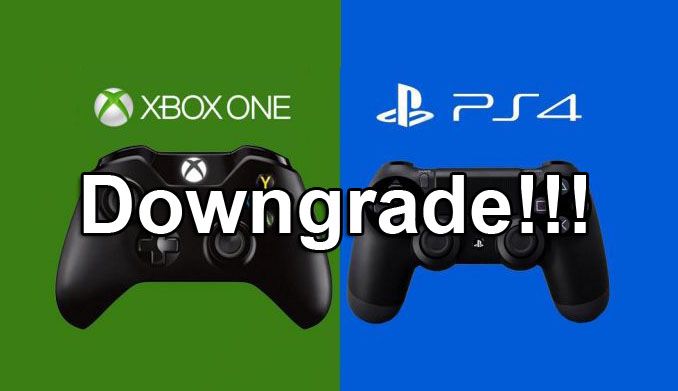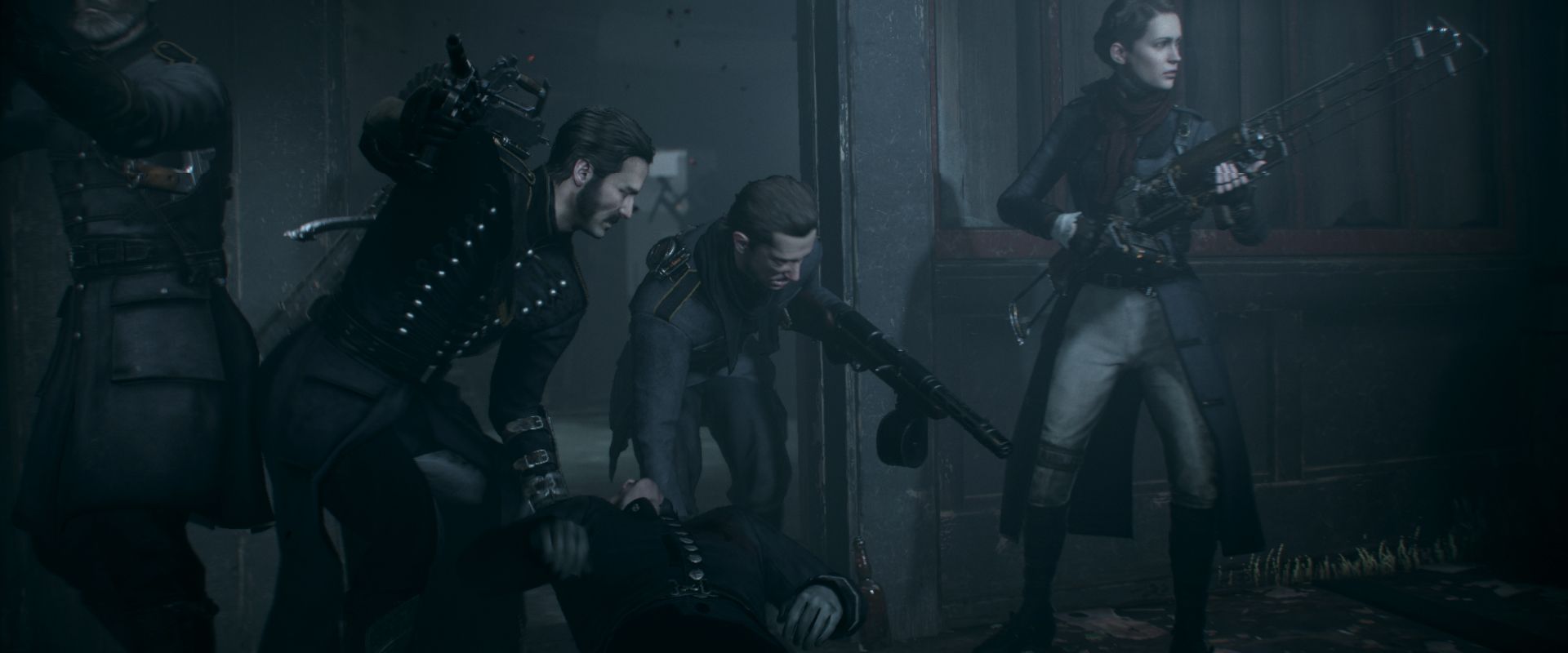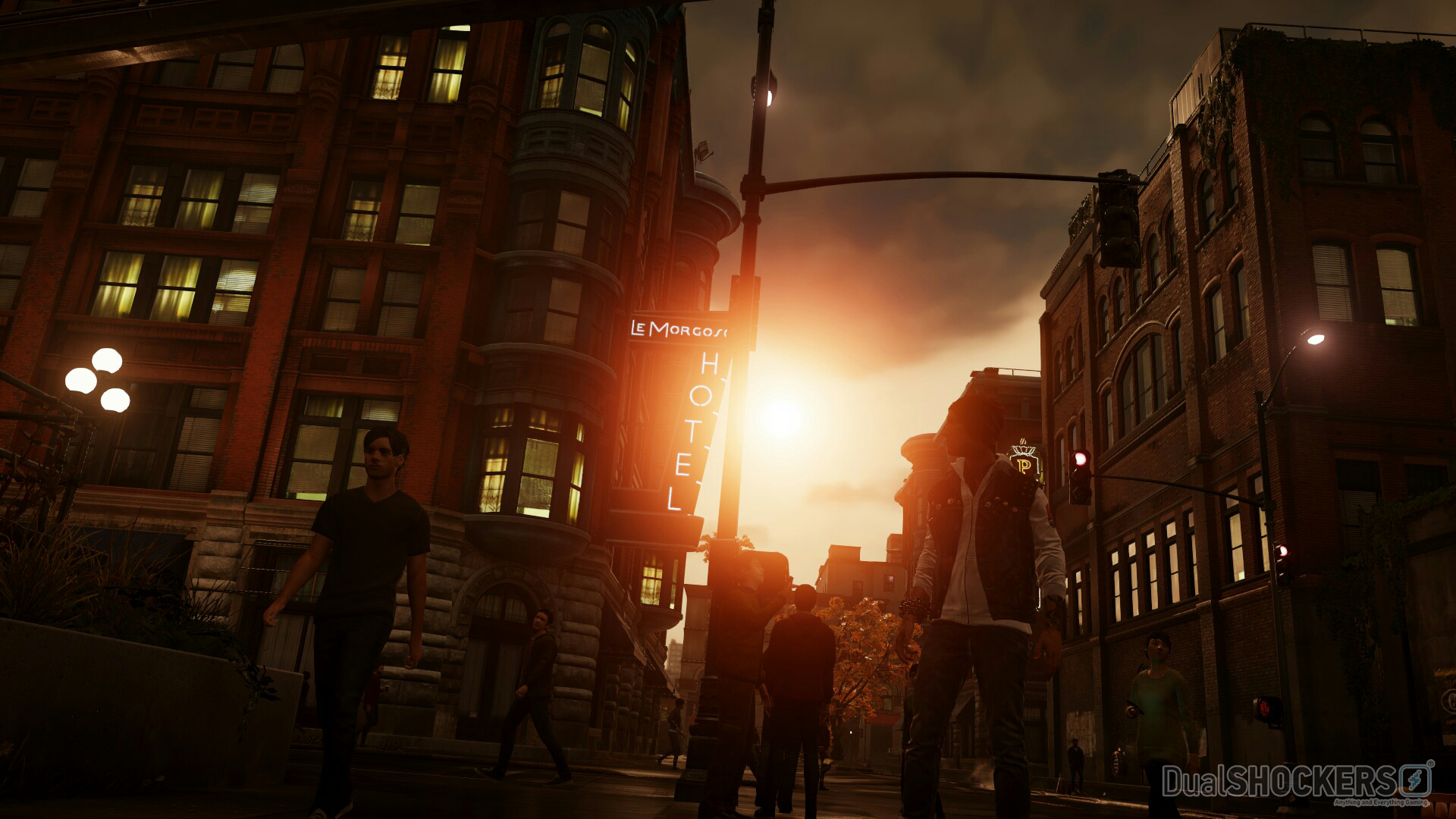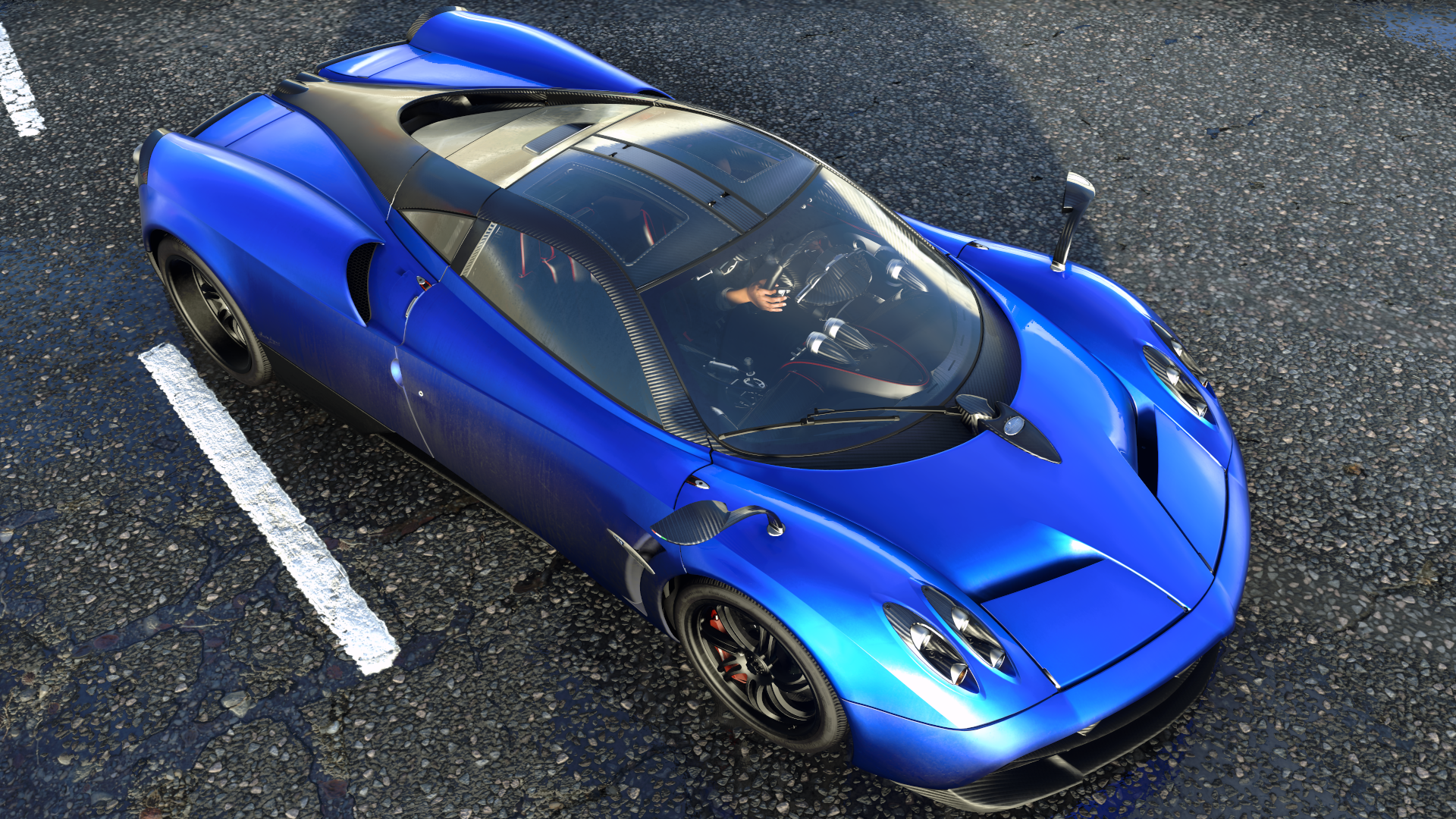The 2014 edition of the Electronic Entertainment Expo starts tomorrow, with a whole array of press conferences that will also deliver most of the upcoming trailers. Those will most probably come with the usual tail of "downgrade" complaints, which have become quite "en vogue" lately.
In the last few months every time a trailer of a hotly anticipated title got released, people scrambled to find indications of a visual downgrade, unleashing internet hell on developers (allegedly) found guilty. It's a modern video gaming equivalent of torches and pitchforks. What's worse is that quite a few media outlets are encouraging that nasty attitude quite actively. A screenshot comparison focusing on "downgraded" elements always brings in a lot of traffic, especially if posted in certain volatile environments. It's the perfect detonator for very profitable flamebait.
The problem with this practice is that it's very difficult if not almost impossible to truly distinguish an actual downgrade from a simple shift in resource allocation.
Game development is an extremely fluid process. Hardware resources aren't infinite and any developer will tell you that during the creative process for a game things change often. Often those changes aren't small, as studios struggle to find the best balance between all the aspects of a game.
If you look closely at most comparisons which aim to demonstrate a downgrade, they always focus on very specific elements: this sleeve here has less polygons, that texture over there is less crisp, the lighting here is less intense, the shadows there aren't as visible, and so forth.
None of them actually look at the big picture, simply because it's not possible for a journalist, regardless of his experience and keen eye, to identify every single effect in a game, and things get even harder to track when combined with all the elements that build the visual fidelity of a title on our screen: resolution, anti-aliasing, polygon count, LOD, lighting, shaders, reflections, normal mapping, tassellation... I could literally write several paragraphs just to list them all, and you know what? I'd probably miss plenty, because there are many the existence of which I don't even know about.
When you see (or are shown) one or more downgraded elements, it's extremely likely that the resources saved on that particular part of the game have been used elsewhere, maybe on something that isn't as easy to identify with a screenshot, but that makes the overall picture more palatable, or that better fits the artistic vision of the developer. Of course those that are trying to sell you the idea that a game has been downgraded won't tell you that, and it's most probable that they don't even know themselves.
But that's not all.
Resource shifting isn't even limited to graphics. Current generation consoles have shared memory between system and GPU, and their graphics chip are capable of performing computing tasks. This means that developers can and often will take resources away from the visuals, maybe removing or downgrading a few effects, and re-purpose them into gameplay-improving elements: AI, advanced physics, more complex interactions, bigger worlds... Even here the list could go ahead for a while. Those elements all use resources, and many developers will prefer them to top-notch graphical glitz. Normally their primary goal is to create entertaining games, and not just jaw-dropping interactive movies.
Finally, there's also the case in which what some would identify a downgrade is simply the result of an artistic choice. inFAMOUS: Second Son is a clear example. The lighting of a scene of the prologue was changed from earlier trailers to better fit the mood of the narration. Many denounced a downgrade, only to look like fools when the game indeed demonstrated that it was just a design choice, and that the same lighting conditions of the trailer (actually improved) still existed elsewhere in the game.
This isn't to say that downgrades don't exist. They definitely do, but we simply don't have the tools to fairly judge them. We can definitely decide that we like the visual of a game more or less than what we saw before, but that's entirely subjective, and it may be entirely justified.
In the early stages of a development project, studios do their best to plan resource allocation according to what they think a game will become two or more years later. When early trailers are shown most games barely have a fraction of their features and content implemented, and a small portion of their world. Often they can't even run on the machines they will finally land on, as those still don't exist in their final form.
While developers can and will try to get as close as possible to estimate what kind of visuals they'll be able to implement when all the features will be in place across the whole world of the game, with full physics and AI simulation running, nailing them perfectly is nigh impossible, so adjustments will inevitably happen.
At times they'll overshoot, and will have to dial back on the visuals to implement all the gameplay features that are more important to the entertainment value of the title then graphics. In other cases they'll aim short, and will find themselves with excess horsepower that will be then used for even more features or better graphics. For every game that is visually downgraded since its debut, there's one that ends up looking better when it finally goes gold.
It's simply the nature of game development, which is a fluid and ever-changing process lasting multiple years. While planning helps (and it's normally done to the best of a studio's possibilities), crystal ball scrying isn't part of a game developer's job description, and a degree of approximation in either direction from early showings to the end result can be chalked as endemic of this industry.
Despite the fact that armchair developers across the internet are getting more and more eager to pull out the torches and pitchforks and turn into a virtual lynchmob, and certain journalists are ever eager to encourage them, developers don't downgrade a game's visuals because it's fun or because they like to be dishonest.
They do it because they try hardest to ship the best game they can, a process which often includes shifting the delicate balance of graphics and gameplay. We might as well try to come to term with this concept and have fun with the actual games, instead of spoiling it by counting pixels.




